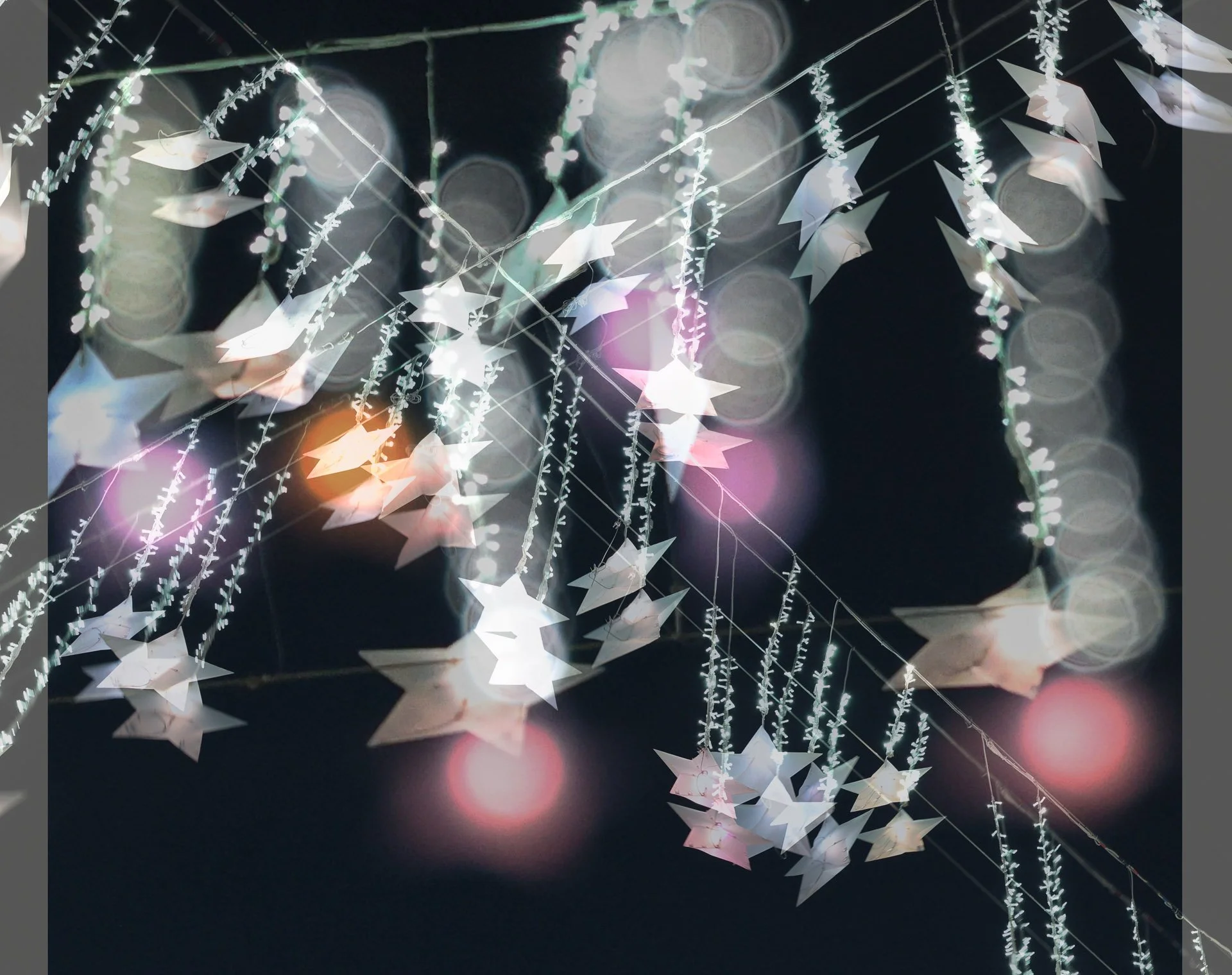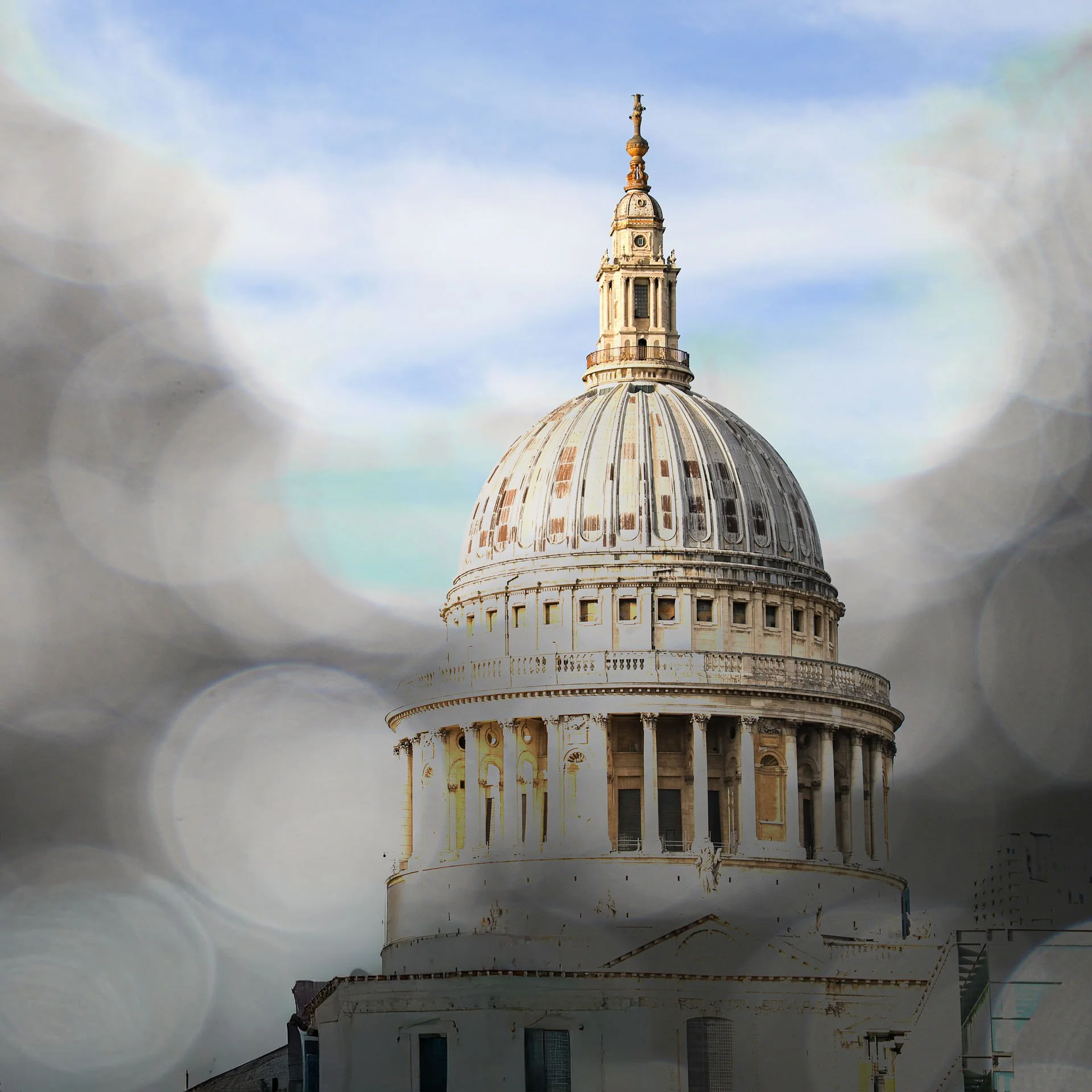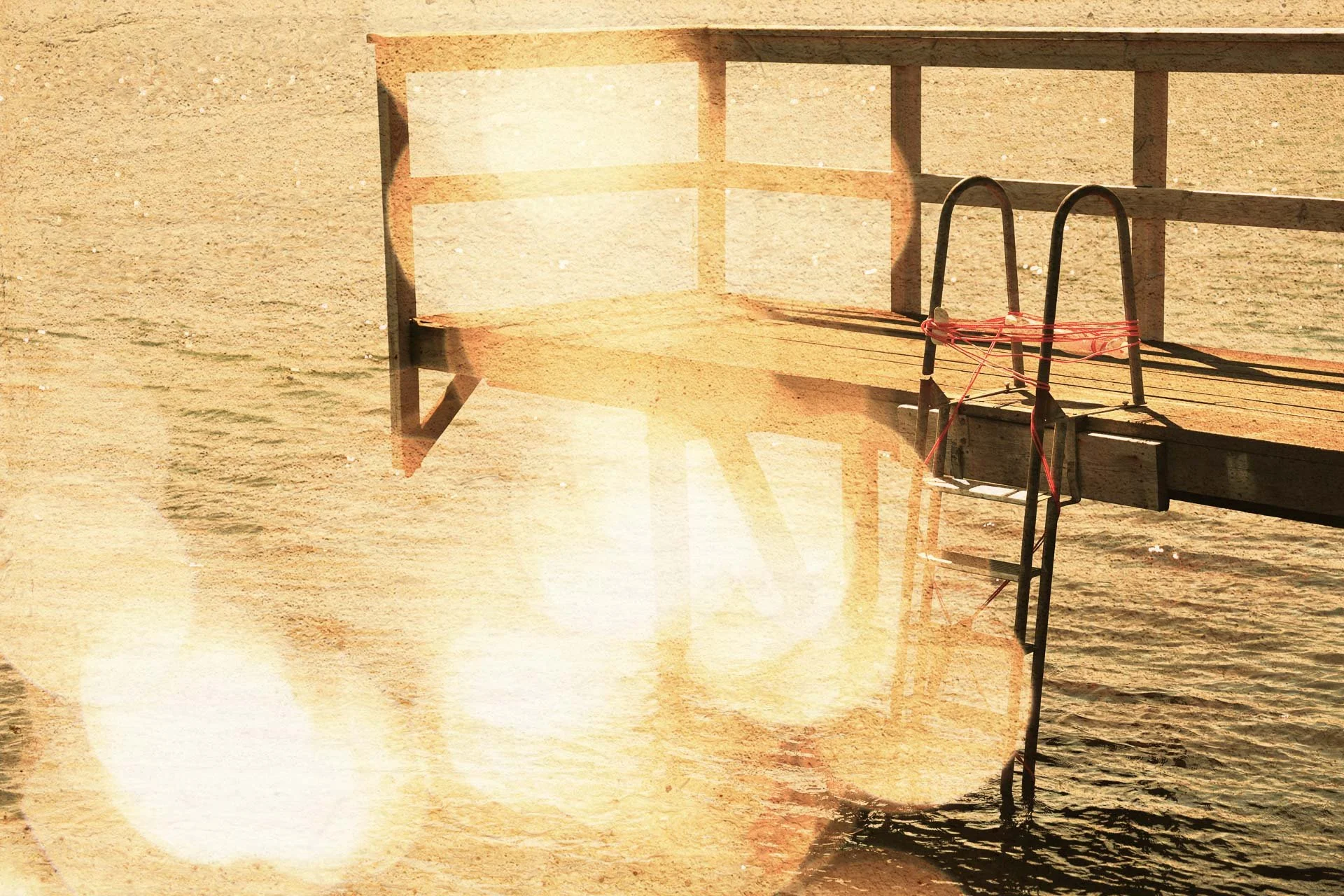How to: Use Bokeh in your In Camera Multiple Exposures
Exploring Multiple Exposure and Bokeh Magic
One of the most exciting creative techniques in photography is in camera multiple exposure. In simple terms, this is when two or more images are combined in camera to create one final image as a JPEG. It’s immediate, playful, and opens up endless creative possibilities. Different camera models all approach multiple exposure slightly differently—some allow you to select the exact number of frames, others limit you to two, and some even let you preview the build-up as you shoot. Because of these variations, it’s always worth checking your camera’s manual so you know exactly how your model handles it.
A wonderful way to enhance multiple exposure images is by introducing bokeh—the soft, out-of-focus circles of light that appear when a lens is set to a very wide aperture. To achieve this, switch to manual focus and deliberately defocus your image, making sure your f-stop is set as low as possible to get the shallowest depth of field. I often take the bokeh image as the second exposure which enables me to focus on the composition of my image. For the bokeh you do need some sparkling light on water, raindrops catching the sun, or tiny points of light at night nearby. One favourite example is the image below which I made on Tottenham Court Road at Christmas. The street was full of glittering festive lights, and by positioning them carefully I was able to create the most dazzling, sparkly effect. I used average mode on my Canon R6 Mark II to balance the two exposures, and the result was instantly joyful—bright, lively, and full of seasonal magic.
A Multiple Exposure Photography Image using bokeh on average blend mode
Multiple Exposure at Crosby Beach: Antony Gormley’s Another Place
At Crosby Beach, near Liverpool, multiple exposure opens up a whole new creative playground. This stretch of coast is home to Antony Gormley’s striking installation Another Place. Spread out across the sand are 100 cast-iron, life-sized figures, each gazing out toward the horizon. They are slowly revealed and concealed as the tide shifts, creating a haunting sense of presence and absence.
For my image here, I adjusted the white balance in the camera settings to a warmer, higher temperature in both exposures, still using average mode in camera. The bokeh came from light bouncing off the shallow water as the tide crept in, producing a soft shimmer that felt almost otherworldly. Layered with the figures, the effect was both atmospheric and dreamlike—anchored by the statues and people on the beach but lifted by the play of light. I’ll be returning to Crosby for an afternoon of creative photography this November, and I am sure it will become one of my favourite teaching spots. If you’d like to join me, details are here.
A Multiple Exposure Photography Image showing the use of bokeh at Crosby beach
Multiple Exposure Photography at St Paul’s Cathedral, London
London also offers endless opportunities for this kind of work, particularly with its iconic architecture right next to the Thames! One of my favourite examples is at St Paul’s Cathedral, Sir Christopher Wren’s masterpiece and one of the most recognisable landmarks in the city. Completed in 1710 after the Great Fire of London destroyed its predecessor, St Paul’s is known for its grand dome, which dominates the skyline and has become a symbol of resilience and renewal. It is also located on the Thames which makes for an excellent source of bokeh if you are there on a sunny day.
For my image here, I used the dark blend mode in camera, which shows only the darkest pixels from each exposure. This technique flips our expectations, as instead of blending light, it gives dominance to shadow. In my image, this meant that the sky above St Paul’s appeared darker than the bright bokeh I introduced. The result was a striking contrast: instead of the bokeh washing out the scene, the sky turned a light, sunny blue, while the circles of light floated around the dome. It gave the image a dramatic, almost celestial quality, transforming a familiar landmark into something more surreal and poetic.
A Multiple Exposure Photography Image of St Paul’s Cathedral with bokeh from the Thames
Multiple Exposure with Sea Bokeh on Brännö Island, Sweden
Further afield, I experimented with in camera multiple exposure using bokeh on the Swedish island of Brännö, a jewel in the Gothenburg archipelago. Brännö is known for its car-free streets, colourful wooden houses, and peaceful coastline. It has long been a favourite escape for locals, especially in summer when the sea glitters and the islands come alive with visitors and picnics.
Here, my bokeh came directly from the sea. The shifting water surface reflected sunlight in constantly moving patterns, which created an ever-changing backdrop. The trick with water bokeh is to really defocus the lens so the highlights burst into large luminous circles. It can however, be a bit hit and miss—the bokeh “jumps” as the light dances on the waves. Sometimes the effect is magical, sometimes chaotic, but that’s part of the fun. In post-processing, I warmed the colours slightly to bring out more golden tones, giving the final image a sunlit, nostalgic feel. I’ll be back in this region for a workshop in Gothenburg in 2026 - click here for details.
A Multiple Exposure image from the island of Brännö showing bokeh
Advanced Creative Techniques at Crosby Beach
Back at Crosby, I tried a slightly different approach to show how careful positioning of bokeh can completely reshape a scene. This time, I set my white balance to a much cooler, lower temperature, which created a dramatic, intense blue. I also switched to dark mode and layered three exposures: two of Gormley’s statues (which are actually far apart in reality) and one of the bokeh. By aligning them carefully, the bokeh created glowing “windows” within the image, almost like portals opening into another dimension.
This layering not only played with perception but also emphasised how much control you can have over the storytelling in multiple exposure photography. With just a change of white balance and a bit of imaginative positioning, the scene transformed from a flat seascape into something far more intriguing and surreal.
A Multiple Exposure Image from Crosby beach using bokeh
Final Thoughts on Creative Multiple Exposure Photography
Thank you so much for reading!
Multiple exposure with bokeh is such a playful and creative process—it encourages experimentation, happy accidents, and unique results every time.
I’d love to hear your thoughts, so please do leave a comment below. Don’t forget to join my newsletter for extra tips, challenges, and behind-the-scenes inspiration, or sign up for one of my upcoming courses and workshops to dive deeper into these techniques. And of course, I’d be thrilled to see your own experiments—please tag me on instagram at @janina_wilde1 so I can enjoy your creations too.





